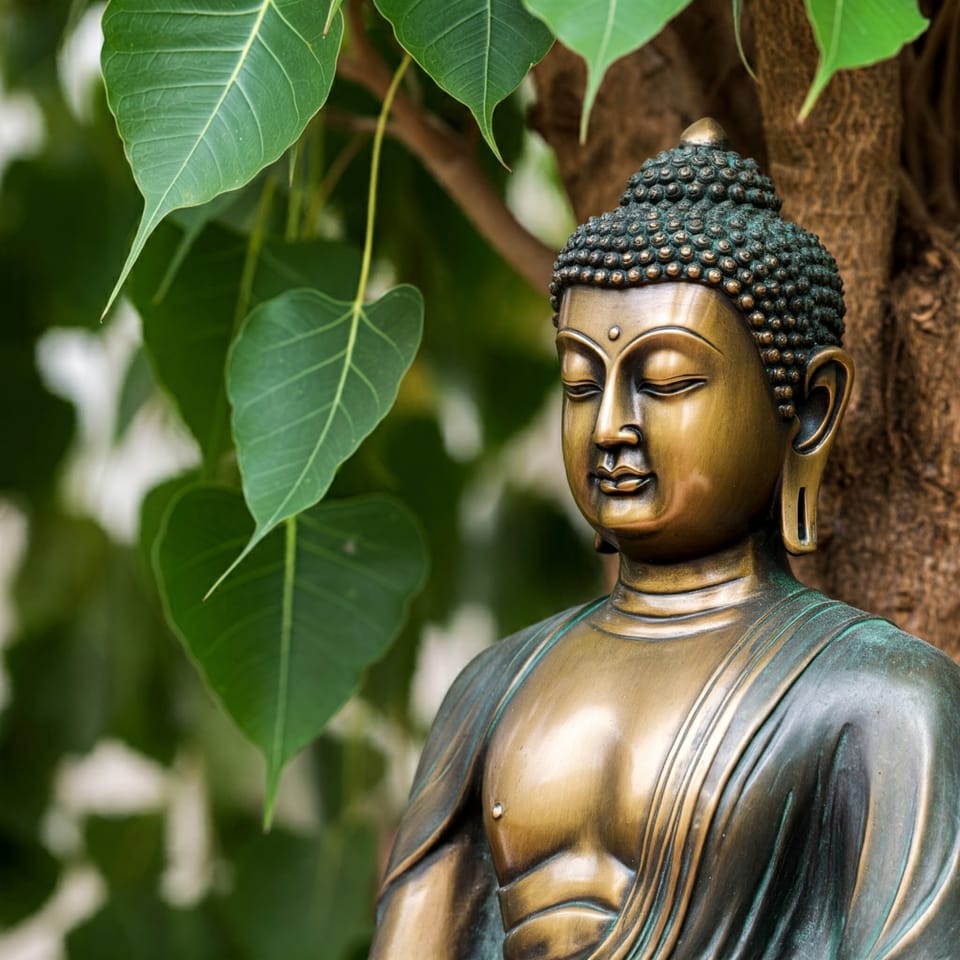Buddhism - Understanding the 12 Links of Cause and Effect

The doctrine of the Twelve Nidanas, or the Twelve Links of Dependent Origination (Pratītyasamutpāda), is central to Buddhist philosophy, illustrating how suffering arises and perpetuates through a cycle of causes and effects. Here's how each link can be explored through a Buddhist lens:
- Ignorance (Avidyā) - The root of the cycle, where there's a lack of understanding of the true nature of reality, leading to delusions about the self and the world.
- Name and Form (Nāmarūpa) - This link represents the mind (name) and body (form) that arise due to ignorance. It's the psychophysical complex that we identify with as "self."
- Six Organs (Ṣaḍāyatana) - The development of the six sense bases (eyes, ears, nose, tongue, body, and mind) which interact with the world, setting the stage for further links.
- Contact (Sparśa) - When the sense organs meet with their corresponding objects, contact is made, leading to sensory experiences.
- Feeling (Vedanā) - From contact arises feeling - pleasant, unpleasant, or neutral. Feelings fuel our reactions to the world around us.
- Consciousness (Vijñāna) - Consciousness here is the awareness that arises from the interaction of the senses with their objects. It's conditioned by past actions and the present moment.
- Mental Moving (Saṅkhāra) - Often translated as volitional activities or formations, this refers to the impulses, thoughts, and intentions that arise due to feelings, perpetuating the cycle.
- Desire (Tṛṣṇā) - From feelings come cravings or desires, whether for pleasurable sensations to continue or for painful ones to cease.
- Grasping (Upādāna) - Desire leads to clinging or attachment to things, people, or ideas, intensifying the cycle of suffering.
- Owning/Possessing (Bhava) - This is the becoming or existence, where grasping leads to the formation of a new existence or the reinforcement of current one, driven by karma.
- Birth (Jāti) - The manifestation of a new life due to the previous links, not just physical birth but also the arising of phenomena in our current experience.
- Death/Old Age (Jarāmaraṇa) - The culmination of the cycle, where everything born must decay and die, symbolizing the impermanence of all conditioned phenomena.
This cycle represents not just one lifetime but the continuous process of existence, where each link conditions the next, creating a web of suffering. However, the profound insight of Buddhism lies in understanding that this cycle can be broken:
- Negation and Liberation: By understanding and uprooting ignorance through wisdom (prajñā), meditation (samadhi), and ethical conduct (śīla), one can reverse this chain. Realizing the emptiness of each link, practitioners can break free from the cycle, achieving Nirvana - the cessation of suffering.
This teaching encourages mindfulness of each moment, recognizing the causes of our actions, and understanding the transient nature of all phenomena, which ultimately leads to liberation from the endless cycle of birth, death, and rebirth.